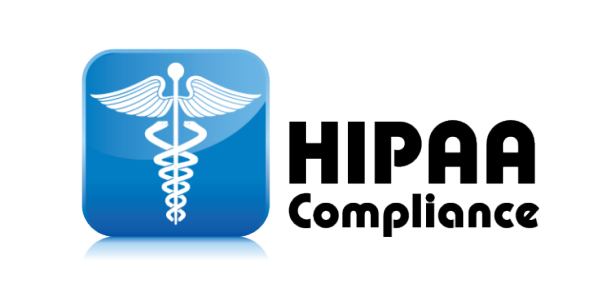LII:HIPAA Compliance - LII 007 01. What Is HIPAA?
Overview
In the medical/healthcare industry there are two overriding regulatory compliance considerations: CLIA and HIPAA. CLIA is the set of Clinical Laboratory Improvement Amendments of 1988, which are United States federal regulatory standards that apply to all clinical laboratory testing performed on humans in the United States, except clinical trials and basic research. This course is about The Health Insurance Portability and Accountability Act of 1996 (HIPAA; Pub.L. 104–191, 110 Stat. 1936, enacted August 21, 1996), enacted by the United States Congress and signed into law in 1996.
Whereas CLIA has to do with standards in clinical testing, HIPAA is concerned with protecting patients’ personal information – rigorously and effectively.
Privacy and Security
There are two main areas of HIPAA regulations and standards: Privacy and Security. Both apply to all covered entities (we’ll define those in Lesson 2) and are related, but have slightly different emphases.
- HIPAA Privacy (The Privacy Rule): This concentrates on the patient's right to privacy regarding their personal information and health records, and what covered entities must do to support that. It also includes their right to access those data.
- HIPAA Security (The Security Rule): This portion of HIPAA focuses on the requirements for covered entities to protect patient data, including Administrative, Physical and Technical ways and means.
Government Oversight










